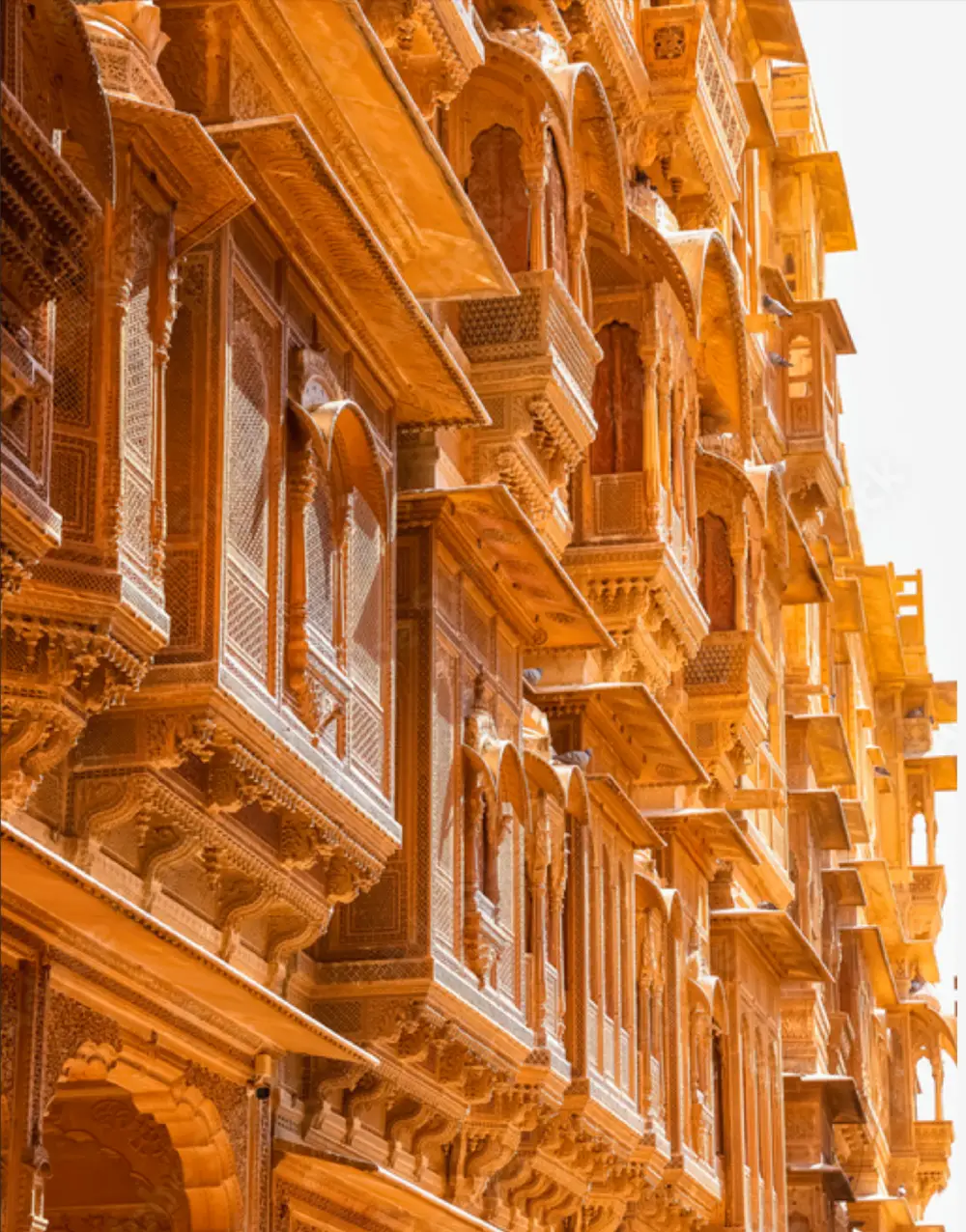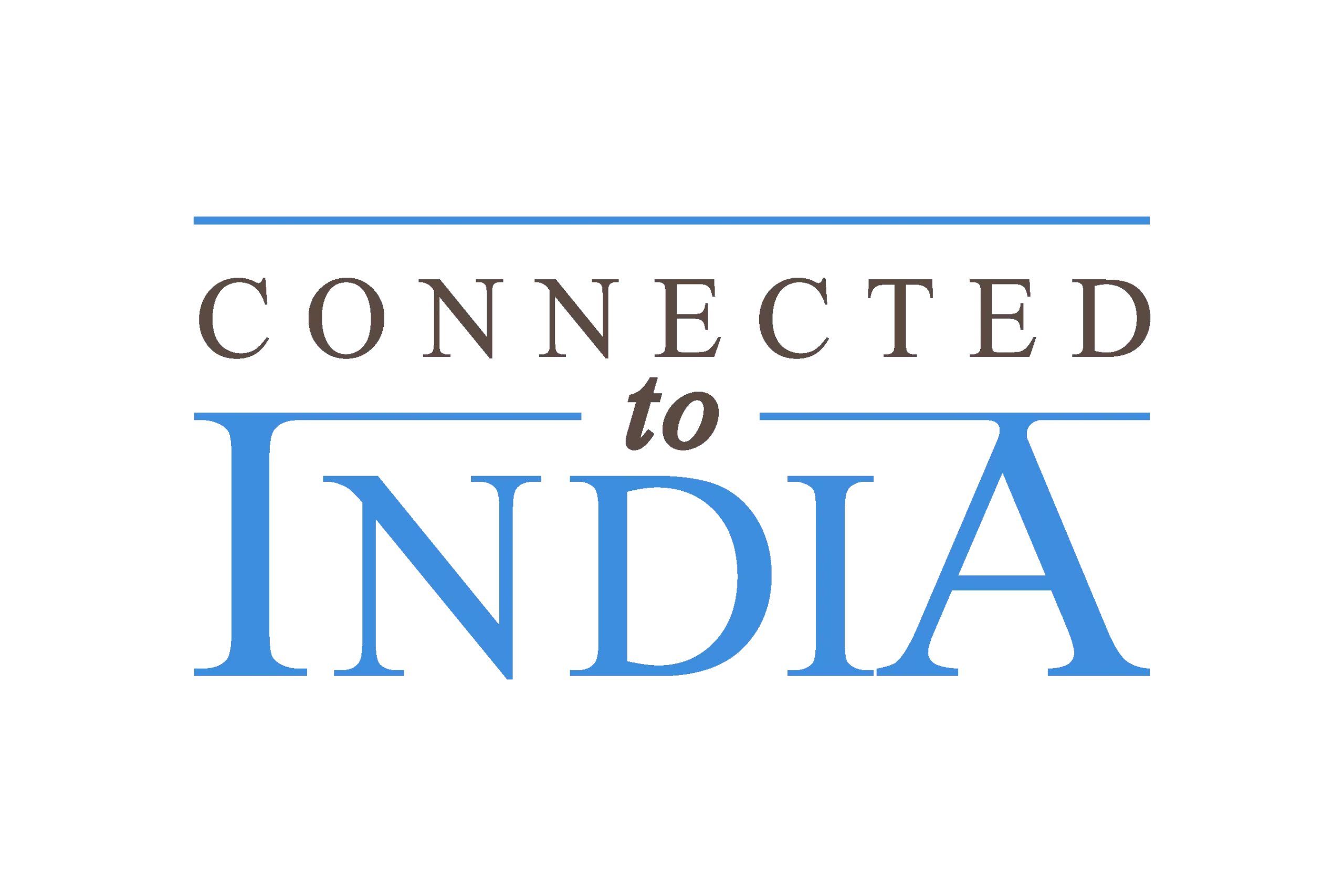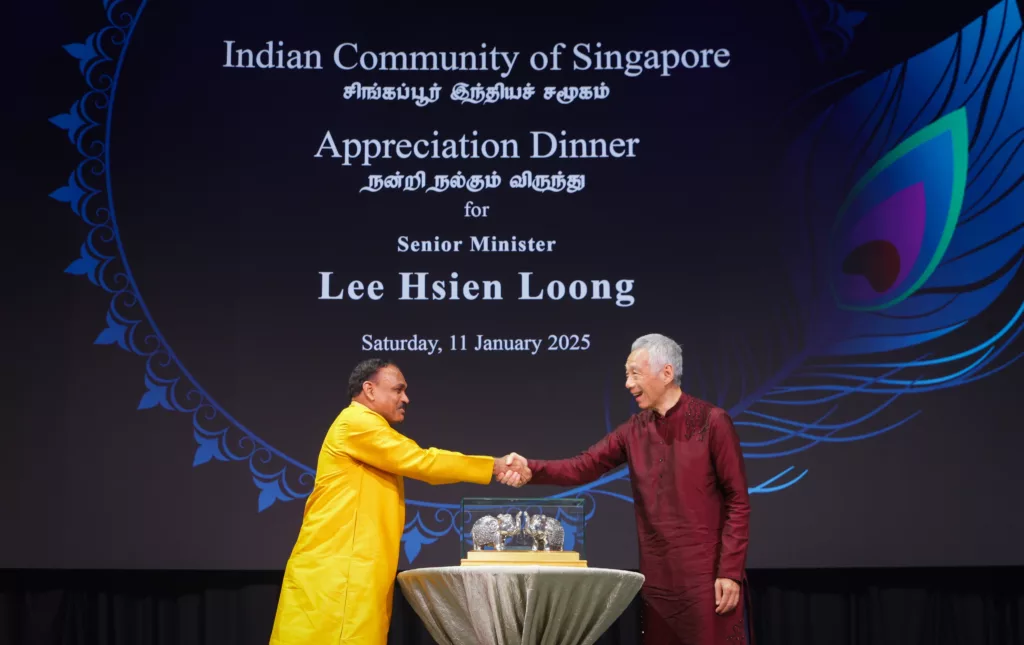
Indians in Singapore may be a small population by percentage, but their “impact and contributions to Singapore are far from small”, said former Prime Minister of Singapore and present Senior Minister Lee Hsien Loong last night, speaking at the Indian Community Appreciation Dinner. At the end of his speech extolling the “full role” played by the Indian diaspora, SM Lee said “mikka nandri”, which means “thank you” in Tamil with an emphasis on gratitude.
This morning, SM Lee shared event photos on the social network X, and wrote: “Grateful to the Singaporean Indian community for organising the appreciation dinner ytdy, and for their support all these years. I am confident that the community will continue to help build a stronger and more united Singapore in the years to come! – LHL http://go.gov.sg/irnwc6”
Lee Hsien Loong, who handed over the prime minister’s baton to Lawrence Wong in May 2024, had led Singapore for two decades as the head of state, witnessing the evolution of the Indian diaspora.
Highlighting the multifarious ways in which Indians in Singapore brought skills and diversity to the larger community, SM Lee said that the Indian diaspora had helped the island nation build a stronger bridge with India.
The Indian community’s strength at home has enabled it to reach out confidently to the rest of the world. The connection to India has helped Singapore develop a healthy, vibrant, and extensive relationship with India and other countries in the subcontinent.
Singapore Senior Minister Lee Hsien Loong
Speaking of specific economic benefits, he said, “The Comprehensive Economic Cooperation Agreement (CECA) between Singapore and India has fostered extensive trade, investment, and travel links between us. Many Indian companies have set up in Singapore to serve the region, while many local Indian businesses have successfully forayed into the Indian market.”
“A distinctive and proud Singaporean Indian community”
Reminiscing about his time with Indians in Singapore as the prime minister, SM Lee began his speech by saying, “I deeply appreciate the honour that the Indian community is doing me by holding this dinner. I am happy to see many old friends and familiar faces here tonight, from across grassroots, business, community, and religious organisations, some of whom were also present when the Indian community had a welcoming dinner for me, now more than 20 years ago.”
SM Lee then said, “I would like to thank the Chairman of the Organising Committee, Mr [R] Ravindran for his warm words. I am also grateful for the tribute video and the beautiful elephant sculptures that the community has presented to me.”
Alluding to the success of Singapore during his 20 years as the head of state, Lee said, “In reality, whatever Singapore achieved during my term as prime minister owes everything to the support, hard work, and contributions of many others in the private, people, and public sectors, including all of you and many more from the Indian community, for which, I thank you all from the bottom of my heart.”
While SM Lee began and ended his speech with Tamil words — Tamil being one of the official languages of Singapore — he touched upon all the communities that came to Singapore from the Indian sub-continent over the decades “in search of a better future”; and with them came different religions.
“These different groups sank roots here, formed bonds with one another, and out of this kaleidoscope of backgrounds, there gradually emerged a distinctive and proud Singaporean Indian community,” said SM Lee.
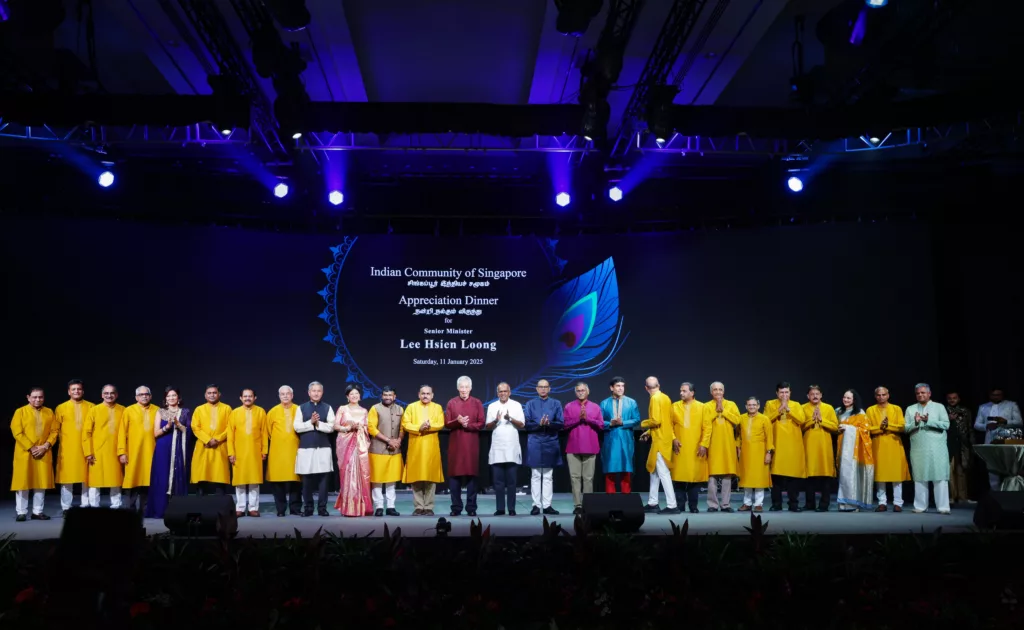
The Indian community’s food, festivals, music, and dance all found a mention in his speech. He spoke in some detail about SINDA (Singapore Indian Development Association), which “started as a self-help group to address the relative underperformance of Indian students in English, mathematics, science” and “mobilised volunteers to tutor and mentor Indian students from disadvantaged backgrounds”. These community-led efforts have benefited all Indians in Singapore.
Through the efforts of SINDA and its partners, Indian Singaporeans have narrowed the [academic] performance gap with other groups, and in some cases even surpassed the national average. SINDA has since expanded its role to include services such as career counselling, financial assistance, and family support programmes.
Singapore Senior Minister Lee Hsien Loong
He also spoke of Narpani Pearavai (Indian Activity Executive Committees Council), which “brings various Indian grassroots organisations together to engage the community”. SM Lee said, “We all look forward to Narpani’s annual Deepavali and Pongal celebrations, which strengthen the sense of community and unity across diverse Indian groups in Singapore.”
SM Lee had high praise for the “many selfless and community-spirited individuals” that support the aforementioned Indian community initiatives and activities. “We are grateful that many individuals who are doing well — professionals, seniors, and even teenagers still in school — have stepped forward to volunteer,” he said.
“We must stand firmly against nativism and xenophobia”
The arrival of Indians in Singapore, whether to study or to work or to live, is part of global immigration currents, and Singapore needs immigrants.
Going over the process of correctly calibrating immigration and the eventual integration of the immigrants into Singapore society, SM Lee said, “Immigrants and foreign workers raise political sensitivities in many societies. Singapore relies heavily on them to top up our population base and talent pool. Therefore, we must manage the inflow and integration of new arrivals with the utmost sensitivity and caution, to ensure that the flows are balanced and sustainable, but we must also stand firmly against nativism and xenophobia, and welcome the new arrivals to become part of our extended family.”
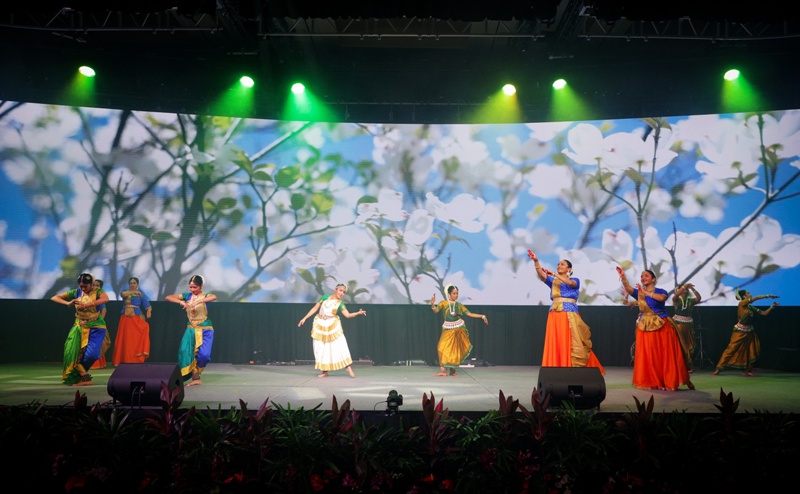
He said, “We should help them to adapt progressively to the way we do things in Singapore, to our social norms and ethos. It is an ongoing process. But gradually, with the passage of the years and generations, the new arrivals will integrate into the local community. This is how earlier generations became Indian Singaporeans, and it will happen with this generation, and with new arrivals from other groups and places, too.
“This is how we can sustain and enrich our shared Singaporean identity, and this is the way to build a cohesive, inclusive society — connected to the world, strengthened and not divided by our diversity.”
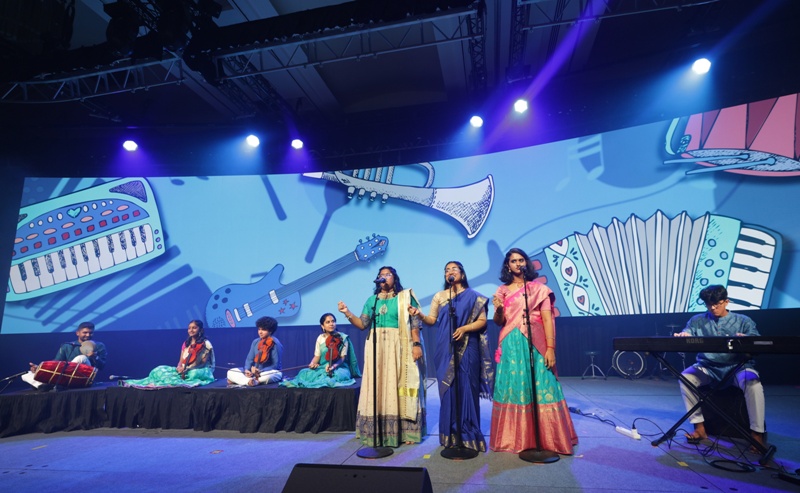
Towards the end of his speech, SM Lee gave a shoutout to SICCI (the Singapore Indian Chamber of Commerce and Industry). He said, “[It] has helped businesses to innovate, transform, and expand overseas. It has supported local firms with outreach and advisory on the Indian market, it has deepened economic links between Singapore and India. Last year, SICCI celebrated its centenary. I am a little bit late, but I wish to congratulate SICCI on this milestone — 100 years of supporting Indian businesses and entrepreneurs in Singapore. Congratulations!”
SM Lee referred to the “very good ties” that Singapore has had with successive Indian governments and said this could translate into business benefits.
He said, “India is growing, and [is] on the move. We see many opportunities in the Indian market, to expand our co-operation in bilateral trade, skills training, and fintech, to explore new fields like healthcare, and the digital and green economies. Singapore has a good brand name in India, and we have enjoyed very good ties with successive Indian governments. We must make the most of these advantages to nurture and grow our relationship with India. I am sure our Singaporean Indian business community will do so.”
He concluded by saying, “The Indian community has progressed with [Singapore], and made considerable contributions in so many fields, for so many years. As Singapore continues to advance and develop, I am confident that you will advance with it, and participate actively in building a stronger and more united Singapore. Mikka Nandri! Thank you very, very much!”

